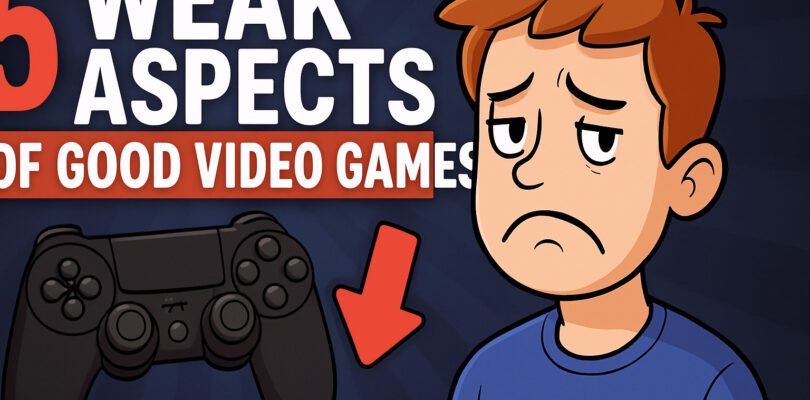Nothing is perfect, and some games that we love with all our hearts still have moments that we may not remember as fondly, bosses, levels, power ups, sometimes a close to perfect product may have a couple of bumps. Here are 5 Weak Aspects of Good Games.
Table of Contents:
Crash Bandicoot Trilogy: The Boss Fights

I absolutely love the original Crash Bandicoot trilogy. This was the series that first got me into gaming in any meaningful way. Before that, I played games, I liked games, but I never grew attached to a specific character or the world he lived in. Crash Bandicoot was everything a ’90s kid could love: wild, chaotic, and cartoony—a game that was as fun as it was challenging. Key word: challenging. The levels in the original trilogy could be a huge headache to 100 percent, especially in the first installment. You all know the ones I’m talking about—Slippery Climb, the boulders, or most dreaded of all, the sky bridge levels. What’s funny is the boss fights were supposed to be the encounters you feared the most. What big bad guy was going to pull out all the stops to end you? Well, in the original trilogy, that fear quickly faded once you actually played them. The bosses, while well-designed from an artistic standpoint, offered next to no challenge. Even as a kid, I didn’t have much trouble with them. Crash Bandicoot 2 in particular was laughably bad with its final boss—because it wasn’t even really a boss, just a chase. Cortex doesn’t even attack or try to hurt you. In fact, he stops and waits for you. How kind.
Resident Evil 4: The Island
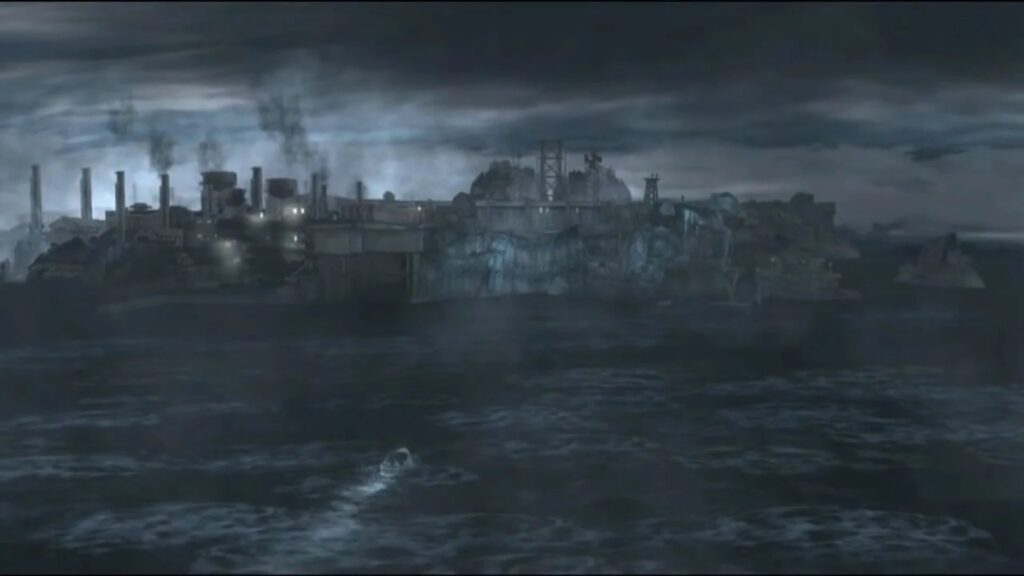
Resident Evil 4 is considered the gold standard that saved the franchise. The series had become stale, oversaturated, and frankly, it just lost all its steam. Then came RE4—bigger, badder, and scarier than any game in the franchise before it. From start to finish, it’s a roller coaster ride of monster-blasting, head-bashing, survival-horror goodness. There’s no part of this game that’s bad, but there is one section where it dips just a bit—Saddler’s island. From this point on, the game loses some of its horror flair and takes a backseat to the action-heavy pacing. Most of the disturbing elements from earlier—the skull signposts, the creepy churches and cathedrals—are replaced by more science-fiction set pieces. Again, it’s not bad at all, just slightly weaker compared to the rest.
Note: Affiliate Disclosure: At PlayRatedGames, our content is made possible by our readers. If you purchase a game or product through links on our site, we may receive a small commission. This support helps us continue publishing honest, independent reviews. Our recommendations are based solely on what we believe offers real value to players — never influenced by affiliate partnerships.
Bioshock Infinite: The Story About Midway In
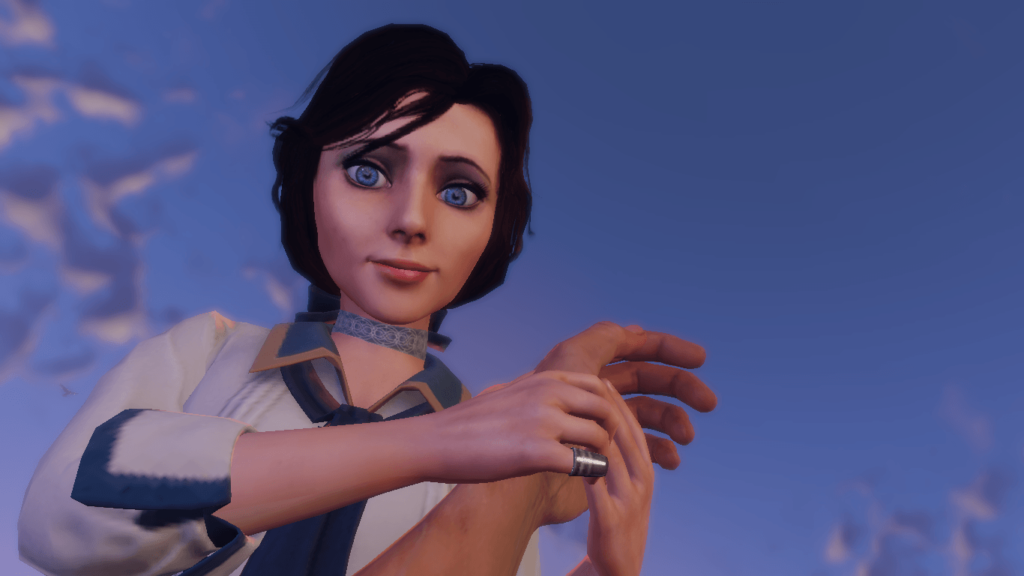
Infinite is objectively one of the most slick, polished, and well-designed games of its generation. However, one huge critique—even from its biggest fans—is its story. Booker is a man on a mission to save a woman from the floating city of Columbia. Columbia is a dystopian, totalitarian dictatorship ruled by a religious fanatic known as Father Comstock. Booker is labeled the False Shepherd and wages war on the city alongside his companion Elizabeth and the underground rebel group, the Vox Populi. The story seems pretty straightforward at first, but about midway through, the introduction of tears, multiple realities, and parallel universes gets convoluted fast, and it becomes pretty hard to follow. I kid you not—I actually had to look it up on the official BioShock wiki just to make sense of everything.
Batman Arkham Asylum – The Boss Fights
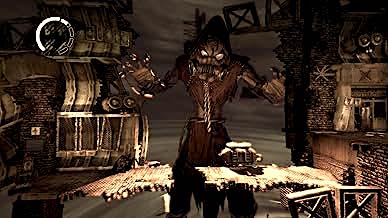
Arkham Asylum is one of the best superhero games ever made—but one thing that was not so super? Its boss battles. The exceptions are Poison Ivy and the Scarecrow encounters, which were genuinely creative. That being said, Batman has one of the greatest rogues’ galleries in all of comics, and yet 90 percent of the bosses in the game are just Titan thugs. They become repetitive very quickly. The final boss in particular—Titan Joker—is laughably (and not in a good way) lazy. He looks kind of cool, sure, but the actual boss fight mechanics are boring and don’t do the rest of the game justice.
Resident Evil 7: The Third Act
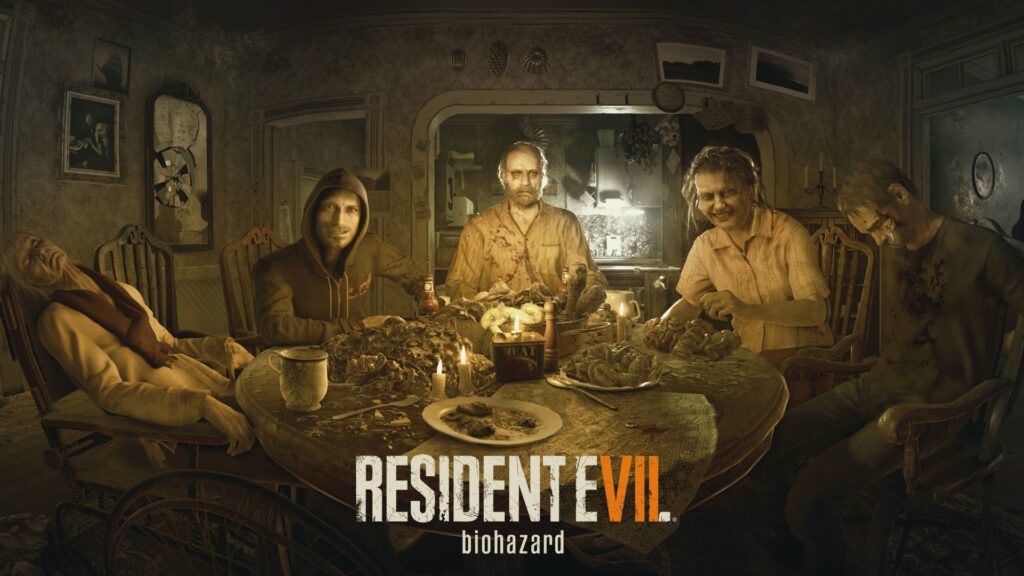
Resident Evil 7 is considered one of the top-tier entries in the franchise, revitalizing the series after another period of decline. The first two-thirds are phenomenal—the Baker mansion, the Bakers themselves, and the whole Evil Dead/ Texas Chainsaw Massacre vibe in first-person makes for a stellar horror experience. However, once you leave the mansion and move on to the ship carrying the cargo that caused everything to unfold, there’s a noticeable dip. The game starts falling into the same old traps the series is known for, and it honestly just feels like it’s going through the motions. The twist is kind of weak, the story doesn’t seem to know how to wrap itself up, and the final boss fight is honestly kind of pathetic. The first two-thirds feel like a fresh, intuitive horror game—the last third feels like just another Resident Evil game.
Conclusion: Weak Aspects of Good Games
Two things can exist at once. Still love all these games nonetheless. We have plenty more where this subject matter came from so tune in and subscribe to our weekly Podcast on Youtube/Spotify below.
www.youtube.com/@PlayRatedGames

